How To Create A Job Aid In Microsoft Word
Are you looking to help employees complete tasks better and more efficiently? Job aids are great tools for work that deliver just the right information at the right time to employees. When well-written, they save time, increase accuracy, and improve job performance.
Keep reading to learn how to create and improve effective job aids, even if you've never made one before.
Easily create job aids (Free template)
Snagit's templates are the fastest way to create professional-looking job aids. Save time, increase accuracy, and improve job performance in minutes.
Download
What are job aids, exactly?
Job aids are simple, clear instructions on how to do something at work. They can include cheat sheets, memory joggers, one-pagers, performance support tools, direction lists, and much more. Essentially, anything designed to reduce avoidable mistakes at work can be considered a job aid.
Job aids go by many names and are used in all sorts of industries as performance boosters. They're helpful enough that if companies don't automatically provide them, employees tend to create job aids on their own.
Ever see hand-written 3 x 5 instruction cards taped to the wall beside a printer? How about sticky notes dotting the perimeter of a computer screen? These are both types of informal job aids that employees have made themselves.
Regardless of if they're paid by the hour or project, or are salaried, people want to know the best way to do things quickly and efficiently. No one wants to waste time hunting down instructions.
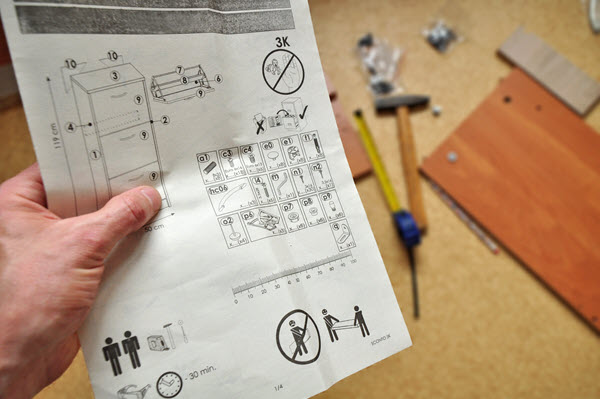
Usually, job aids are printed documents that are one page or less. You'll find them near all types of work areas, from assembly lines to financial institutions. They can hang on a wall or cubicle. They can be a laminated card near the front desk, or a poster near in the stockroom. Occasionally, job aids are digital: an image or PDF file on a computer, a smartphone app, or a short video.
"But we already have help files online. Why do I need a separate job aid?", you may ask. Employees don't want to scroll through multiple pages of text to find what they need. This is especially true when instructions are seemingly 'buried' within the program they're already using.
Often, it can be better to have clear instructions separate from the actual program itself. As workplace tasks become more digital, even printed job aids remain strong, effective ways to share accurate information.
Top ways job aids improve performance
There are three main ways that job aids help employees get things done faster (and better). When they need to:
- Remember how to do something
- Solve a problem
- Learn what to do when something changes
Training only goes so far, and it only stays in a person's memory for a short time. When the face-to-face coaching session from a few weeks ago is already growing stale and you hear, "How do I do that task again?", that's when job aids shine. They're available on demand with exactly the information employees need, whenever they need it.
Both employers and employees have better days when answers are available right away. Instead of having to chase someone down for help, employees have a job aid that shows them the steps required to complete a process. No need to page through layers of documentation to find the exact instructions — a job aid is right next to their workstation so employees can complete the task correctly the first time.
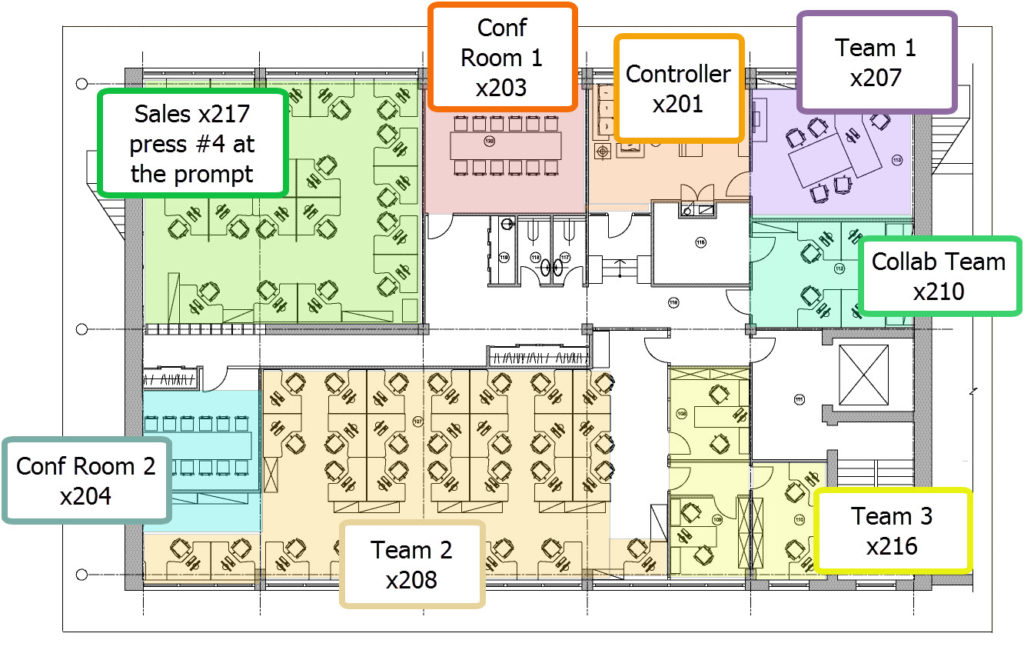
Not only are job aids great at helping employees remember what they've learned from a training (such as processes they only need to do occasionally, and don't need to memorize), they're also helpful when something changes — for troubleshooting, for example, or to walk through steps of a slightly different workflow of new software versions.
These efficiencies add up. According to Peregrine Performance Group, companies they work with have replaced a one-week training course with one day of training plus a job aid. Not only is less training needed, proficiency increased by 50%. When you take the time to write an effective job aid, you can expect these types of benefits:
- Save time by getting work tasks done more quickly
- Avoid making mistakes, thanks to having clear directions
- Less employee stress
- Reduce unnecessary back-and-forth help requests
- Better process/standards control by sharing the same knowledge with everyone all at once
- Less training and re-training
- Better employee and customer experience
Plus, they're quick — job aides can be deployed 75% faster than traditional training, and at a much lower cost, for much better ROI.
Whennotto use a job aid:
When there's no time to look at one. In some instances, employees need to know processes and procedures by memory. There's no time to look at a card, no matter how conveniently located. Sometimes, the task requires that an employee keeps full attention and gaze on the task at hand (such as in a health-care setting on a patient, or in manufacturing on a piece of machinery). In these cases, employees must memorize the steps and be able to react immediately, without the help of outside instructions.
When it could reduce credibility. Particularly in customer-facing roles, having employees refer to a job aid might not be the image you want to portray. In some situations, customers expect employees to already know certain information. Even if extra instructions would be helpful, it might be best to avoid them.
When every task is different. If there isn't any consistency to job tasks, job aids don't help.
As a substitute for all training. Job aids don't stand on their own completely. Employees still do best with a core level of training, with job aids as compliments.
How to create a job aid (step-by-step guide)
With the right steps, you can easily and affordably create a job aid that skyrockets your team's performance.
1. Gather information about the task
Talk with employees who already do this process. How do they go about completing it? What steps do they take, and in what order? Make sure to talk with a range of employees — seasoned ones who have done this job over and over, as well as newbies. How do their perspectives differ? Try doing the job yourself, and makes note of what information you need.
Pro tip: Make sure to also interview theleast-motivated employee on staff. While it might seem counterintuitive, this person is sometimes your best asset when creating a job aid, since he or she has likely already figured out the quickest way to do the task, or an effective shortcut.
2. Choose a structure
Job aids naturally fall into one of three categories:
Checklist
This works when there are many things to be done, but in no particular order. For example, maintaining consistency for equipment inspections and new hire paperwork.
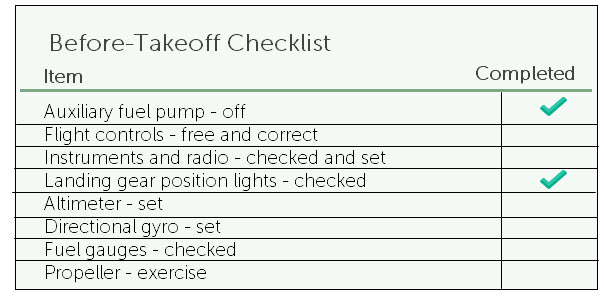
Step-by-step
Use this when things need to be done in a certain order. A flowchart (like this diagnostic one for healthcare providers) or if-then decision tree can make sense to lay out the process in a logical way. If you need employees to record information as they go (for example, if they're noting temperatures in a server room, or counting products in a warehouse), you can make the job aid fillable or use an interactive app.
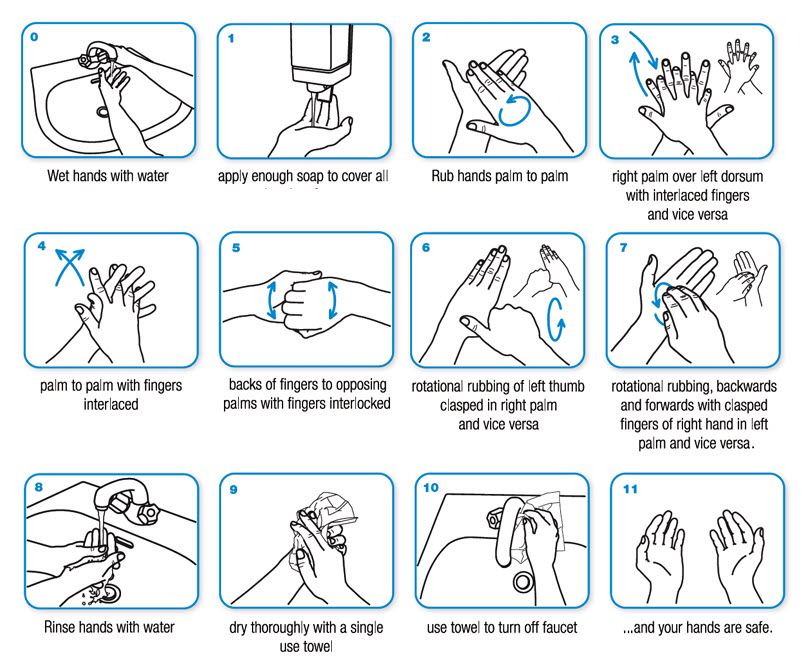
Reference
This is best when there aren't any concrete steps, and not all the information is needed at once. Employees can glance at this when they need to find a popular SKU number, share a phone number to another department, or locate a storage facility on a regional map.
Sometimes a job aid will have many sections, each with a different structure. Don't get bogged down by the various choices. The best format will become obvious once you start writing. In the end, no one really cares which one you choose, as long as the job aid helps get the task done faster and better.
3. Pick a format
Will this live as a printed 8.5×11 laminated paper hung on a wall, or a digital JPG on the network? Will be an interactive app? Choose the format early to make sure the information will fit. Most job aides are one page or less, or are visible on one screen without scrolling.
According to research from TechSmith and Cebr, two-thirds (67%) of people understand information better when it's communicated with visuals. Instead of a wall of text, replace written words with images as much as possible — use pictures, charts, and any other visuals that fit your format.
How to write a job aid
When it comes to putting together a job aid, less content is definitely more. We love using Snagit for job aids because it makes taking screenshots and adding annotations quick and easy. Here's how to create a job aid using Snagit:
1. Take your screenshots
Open Snagit and click the big red Capture button. From there, you'll be able to select the area on your screen you want to capture. The Snagit editor will automatically open and upload your image. Here's where the fun really begins:
2. Annotate
If the job aid describes a physical task, take photos and mark them up with arrows, etc., to point out what needs to be done. For digital tasks, take screenshots. Snagit not only lets you take and edit screenshots, you can also add shapes, highlight, and show steps in a process within the same program.
The Step Tool automates numbering — click around the screenshot to add sequential steps.
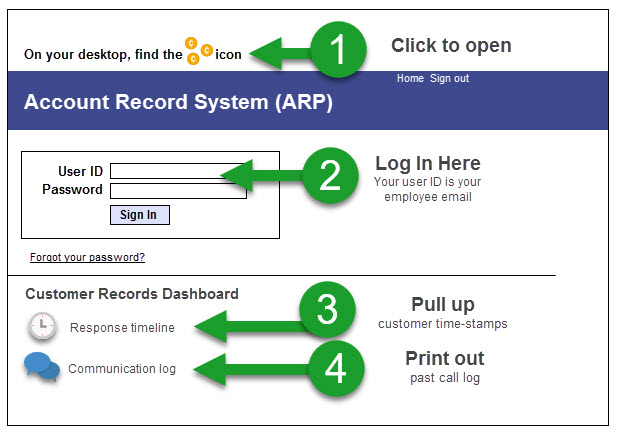
Pro tip:Use action verbs to describe procedures. They're easier to follow, instill more user confidence, and encourage momentum. For example, you'd say "Open the latch. Remove the inner liner," as opposed to "Once the latch is opened, the liner must be removed."
If directions span multiple screens or photos, combine them into one document and add any text around or on top of the visuals.
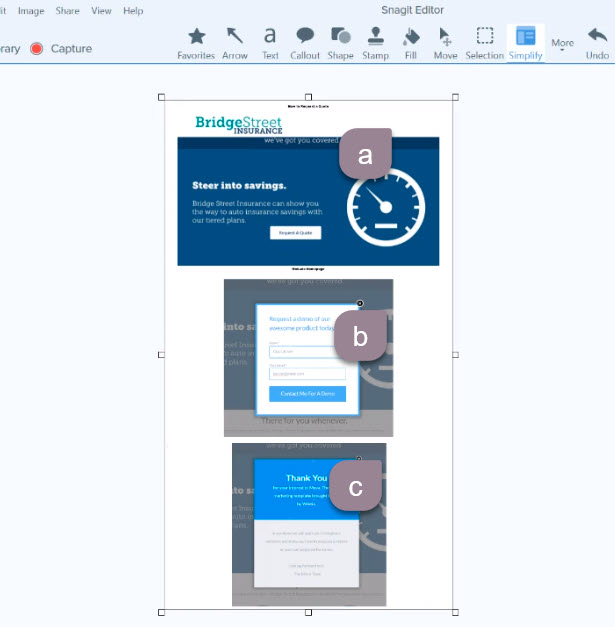
For a digital format, record a short video (we like Camtasia) with a clickable table of contents.
Have a consistent look
Choose a color scheme and style, and stick with it throughout your job aid(s). Use consistent fonts, sizes, colors, and company branding when possible. The best image editors have templates and assets that let you keep a uniform look.
Make it multilingual
A job aid doesn't work when people can't read it. Make sure your job aid is localized into as many languages as necessary for your employees.
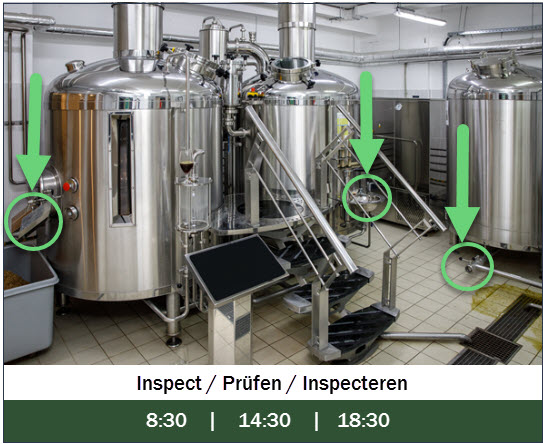
3. Test and revise
Now that you've created your job aid, see how it performs in real life. Find an obliging coworker, grab something to take notes on, and watch them try to do the task using the job aid.
Don't guide them, just sit back and observe what they naturally do, and if the job aid helps or not. Take notes, ask follow-up questions, then find another coworker and repeat. Rewrite the job aid with what you've learned.
4. Share out and record feedback
After your job aid has been perfected, put it where it needs to be — on a wall, near people's desks, or wherever makes sense for your chosen format. Make sure employees know the job aid is there for them. Remind them as necessary, and encourage them to use it. If you've done a great job creating it, employees will be more than grateful to have something that helps them do their job faster and better.
Keep your eyes open for long-term results, both qualitative and quantitative. Make sure to ask yourself these questions:
- Do you hear fewer repetitive questions from employees?
- Are tasks getting completed more accurately?
- What about customer satisfaction scores?
Use this ongoing information to gauge success and inspire updates for next time.
Bonus: Snagit templates
Still unsure of how to get started with job aids? Let Snagit templates do the work for you!
First, click the Create button and choose Image from Template or select images from the Recent Captures tray, then right click and choose combine in template. You can select whichever templates best suit the needs of your job aid.
Then, simply drag and drop your images and adjust them within the template. It's that easy! For a full tutorial on making a job aid with Snagit, watch this great video below:
Easily create job aids (Free template)
Snagit's templates are the fastest way to create professional-looking job aids. Save time, increase accuracy, and improve job performance in minutes.
Download
How To Create A Job Aid In Microsoft Word
Source: https://www.techsmith.com/blog/job-aids/
Posted by: hernandezmucall.blogspot.com

0 Response to "How To Create A Job Aid In Microsoft Word"
Post a Comment